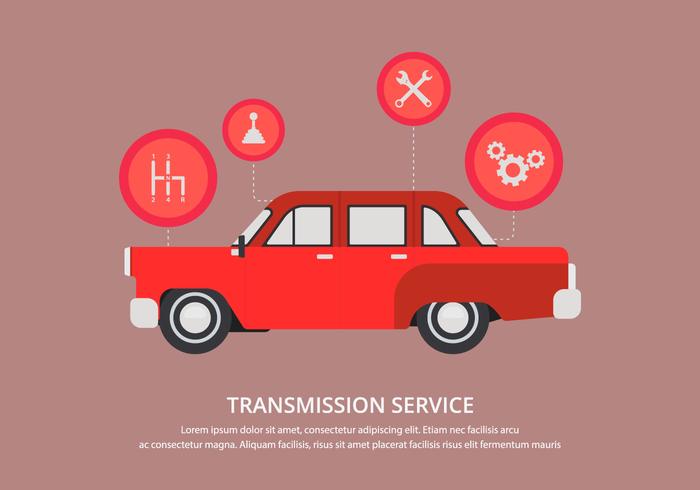Analyzing Your Car'S Warning Indicators: What They Truly Share
Analyzing Your Car'S Warning Indicators: What They Truly Share
Blog Article
Post Created By-Samuelsen Forbes
When you lag the wheel, those radiant warning lights on your control panel can be a little bit bewildering. Do you recognize what they're attempting to inform you about your vehicle's health? Comprehending the significance of these lights is crucial for your security and the durability of your vehicle. So, the next time one of those lights pops up, would not you wish to analyze its message precisely and take the necessary steps to address it?
Common Warning Lights and Interpretations
Determine usual caution lights in your auto and recognize their definitions to make certain risk-free driving.
The most regular warning lights consist of the check engine light, which indicates concerns with the engine or discharges system. If this light begins, it's critical to have your car inspected immediately.
The oil pressure cautioning light indicates reduced oil pressure, requiring immediate attention to prevent engine damages.
A blinking battery light may suggest a faulty charging system, potentially leaving you stranded otherwise resolved.
The tire stress tracking system (TPMS) light alerts you to reduced tire pressure, impacting automobile security and fuel efficiency. Disregarding this could cause risky driving problems.
carinteriorcleanernz indicates a trouble with the anti-lock stopping system, endangering your capability to stop promptly in emergency situations.
Finally, the coolant temperature warning light warns of engine getting too hot, which can lead to extreme damages otherwise resolved promptly.
Comprehending these common caution lights will certainly aid you deal with concerns immediately and keep safe driving conditions.
Value of Prompt Attention
Recognizing the common warning lights in your car is only the first step; the relevance of promptly resolving these warnings can't be highlighted sufficient to guarantee your safety and security when driving.
When a warning light illuminates on your control panel, it's your car's method of communicating a prospective issue that needs focus. Disregarding these cautions can lead to more serious issues later on, compromising your safety and security and possibly costing you much more out of commission.
Prompt interest to cautioning lights can avoid break downs and crashes. For instance, a blinking check engine light could indicate a misfire that, if left neglected, might cause damage to the catalytic converter. Resolving this quickly can save you from an expensive fixing.
Similarly, a brake system alerting light could indicate low brake liquid or worn brake pads, crucial parts for your safety when driving.
Do It Yourself Troubleshooting Tips
If you notice a caution light on your control panel, there are a few do it yourself fixing suggestions you can attempt prior to seeking professional aid.
The very first step is to consult your cars and truck's handbook to comprehend what the specific caution light indicates. In some cases the concern can be as simple as a loosened gas cap activating the check engine light. Tightening the gas cap may settle the trouble.
One more typical problem is a reduced battery, which can set off different advising lights. Examining the battery links for deterioration and ensuring they're secure could repair the issue.
If a caution light continues, you can attempt resetting it by disconnecting the vehicle's battery for a few minutes and afterwards reconnecting it. Furthermore, checking your car's fluid degrees, such as oil, coolant, and brake fluid, can assist fix advising lights associated with these systems.
Conclusion
Finally, understanding your auto's warning lights is necessary for keeping your lorry running smoothly and safely. By quickly addressing https://www.moneytalksnews.com/slideshows/7-cheap-and-simple-water-toys/ and understanding what they suggest, you can avoid pricey repair work and possible breakdowns.
Remember to consult your auto's handbook for certain information on each cautioning light and take action appropriately to make sure a trouble-free driving experience.
Keep educated, stay risk-free on the road!
